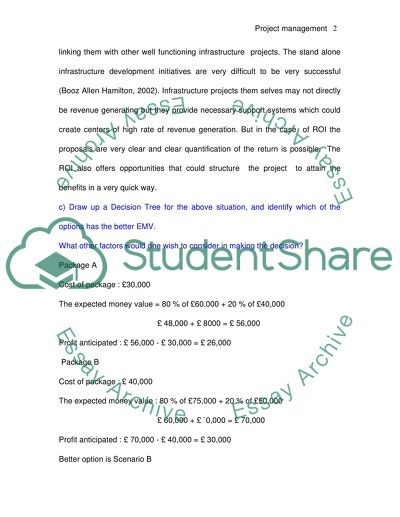Cite this document
(“The project management as the system of managing sequence of events Essay”, n.d.)
The project management as the system of managing sequence of events Essay. Retrieved from https://studentshare.org/miscellaneous/1513163-the-project-management-as-the-system-of-managing-sequence-of-events
The project management as the system of managing sequence of events Essay. Retrieved from https://studentshare.org/miscellaneous/1513163-the-project-management-as-the-system-of-managing-sequence-of-events
(The Project Management As the System of Managing Sequence of Events Essay)
The Project Management As the System of Managing Sequence of Events Essay. https://studentshare.org/miscellaneous/1513163-the-project-management-as-the-system-of-managing-sequence-of-events.
The Project Management As the System of Managing Sequence of Events Essay. https://studentshare.org/miscellaneous/1513163-the-project-management-as-the-system-of-managing-sequence-of-events.
“The Project Management As the System of Managing Sequence of Events Essay”, n.d. https://studentshare.org/miscellaneous/1513163-the-project-management-as-the-system-of-managing-sequence-of-events.


